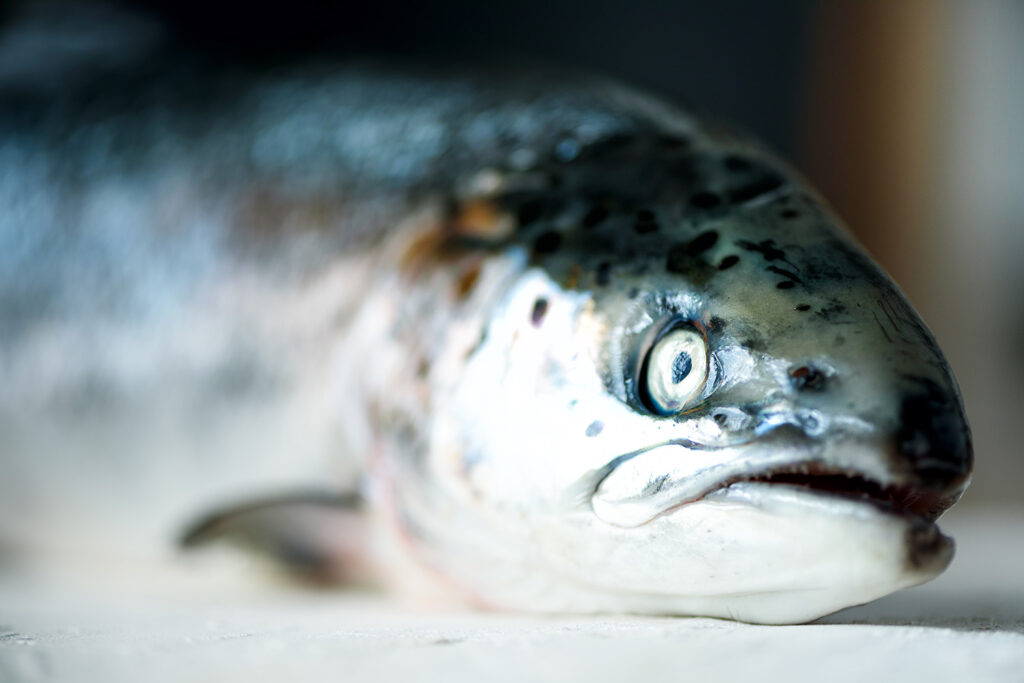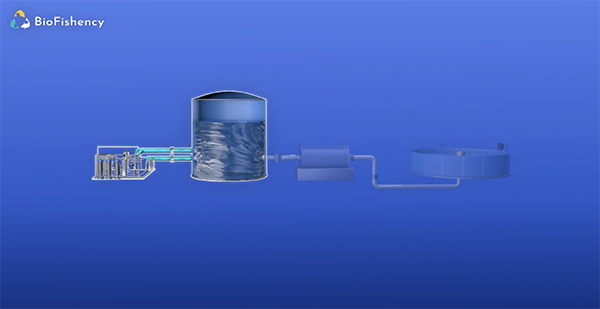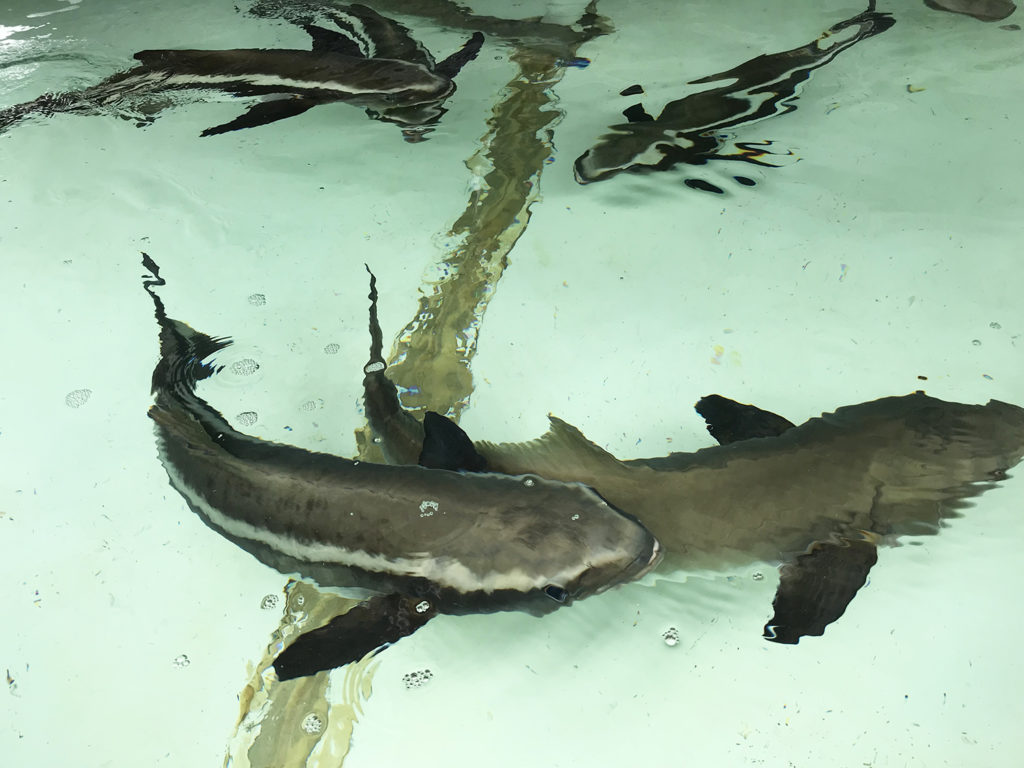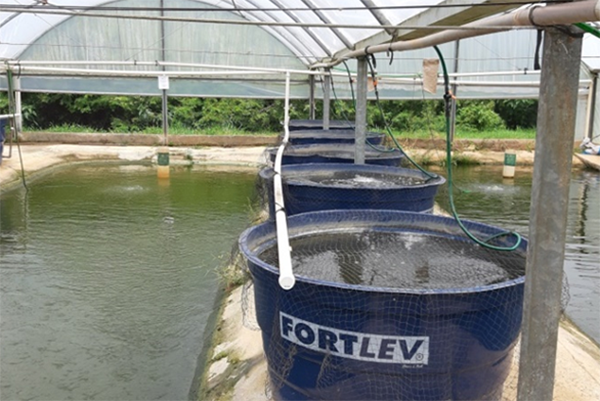New fiber technology reduces off-flavors and water mold in recirculating aquaculture systems, boosting efficiency and improving fish quality

Researchers at the Natural Resources Institute Finland (Luke) and VTT Technical Research Centre of Finland (VTT) have unveiled innovative solutions to combat off-flavors and water mold, two major issues impacting global land-based aquaculture.
By utilizing chemically treated fiber materials, these new capture technologies aim to mitigate the accumulation of unpleasant off-flavors in fish, which can significantly impact market value and consumer interest.
“These new cellulose-based capture materials will capture water mold spores and off-flavor compounds from the water, preventing them from accumulating in the fish,” said Hannes Orelma, Research Team Leader at VTT.
Water mold poses a persistent threat to fish farming, with salmonid farms experiencing production losses of up to 10 percent annually from this issue. This problem extends beyond commercial impacts, as water mold also endangers vulnerable fish stocks conserved in aquaculture facilities.
Developing effective solutions to control water mold is essential for protecting biodiversity and ensuring the economic stability of fish farms. Addressing these challenges marks a significant step forward in global aquaculture management.
“We have developed promising capture solutions to address the problems of off-flavors and water mold in aquaculture,” said Jani Lehto, director of Luke’s Bioeconomy and Environment Unit. “Our solutions can have a significant impact on the profitability of the industry.”
At Luke’s Laukaa experimental aquaculture facility, the researchers investigated the efficacy of chemically treated fiber materials in capturing off-flavor compounds in a recirculating aquaculture system (RAS). Testing revealed that the treated fiber material accumulated concentrations of off-flavor compounds up to 1,000 times higher than those found in untreated water.
U.S. catfish industry seeking ‘tangential expertise’ to tackle off-flavors
Following this treatment, the off-flavor levels in the fish were reduced to below sensory thresholds, demonstrating the potential of this technology to improve the quality of farmed fish and enhance consumer satisfaction.
“This is a very interesting result, as no new solutions have been introduced in recent years to reduce off-flavors in recirculating aquaculture systems,” said Petra Lindholm-Lehto, Luke’s Research Manager and Senior Scientist who was responsible for the design and implementation of the experiments and measurements at Luke.
At Luke’s Enonkoski aquaculture facility, a fiber material developed specifically for the capture of water mold spores was tested. The use of the fiber material significantly reduced the amount of mold spores in the water compared to a culture tank without the material.
“Not enough is yet known about the behavior of the water mold and studying it in fish farming is challenging,” said Lindholm-Lehto. “Previously used treatments have proven to be unsafe or ineffective. The method we have developed is based on the use of harmless capture material and therefore the results of our experiments are interesting.”
Patent applications have been submitted for both innovations developed collaboratively by Luke and VTT.
“Our results are encouraging and show that these solutions have a lot of potential,” said Lehto. “Our next steps are to continue development of both technical solutions in commercial-scale farms and to move forward with commercialization.”
Now that you've reached the end of the article ...
… please consider supporting GSA’s mission to advance responsible seafood practices through education, advocacy and third-party assurances. The Advocate aims to document the evolution of responsible seafood practices and share the expansive knowledge of our vast network of contributors.
By becoming a Global Seafood Alliance member, you’re ensuring that all of the pre-competitive work we do through member benefits, resources and events can continue. Individual membership costs just $50 a year.
Not a GSA member? Join us.
Author
-
Responsible Seafood Advocate
[103,114,111,46,100,111,111,102,97,101,115,108,97,98,111,108,103,64,114,111,116,105,100,101]
Tagged With
Related Posts

Innovation & Investment
‘Microbiome management’ gives RAS operator a foothold against off-flavor-causing geosmin
RAS operator puts proactive “microbiome management” approach in play to eliminate off-flavors and finds good results in lowering geosmin levels.

Innovation & Investment
BioFishency is first to offer electro-chemical removal of off-flavors in RAS
BioFishency has launched the first-ever electro-chemical removal from water and fish tissues, eliminating off-flavors in trout.

Innovation & Investment
Surge of off-flavor solutions for RAS continues
Startup companies in Ireland and the United States offer solutions for RAS operators seeking to mitigate the metabolites that cause off-flavors.

Responsibility
Green or muddy water in high-density tilapia ponds: Comparing performance, water quality and off-flavor intensity
Low water use and effluent discharge supports the sustainable growth of high-density fish ponds for aquaculture in water-limited regions.



